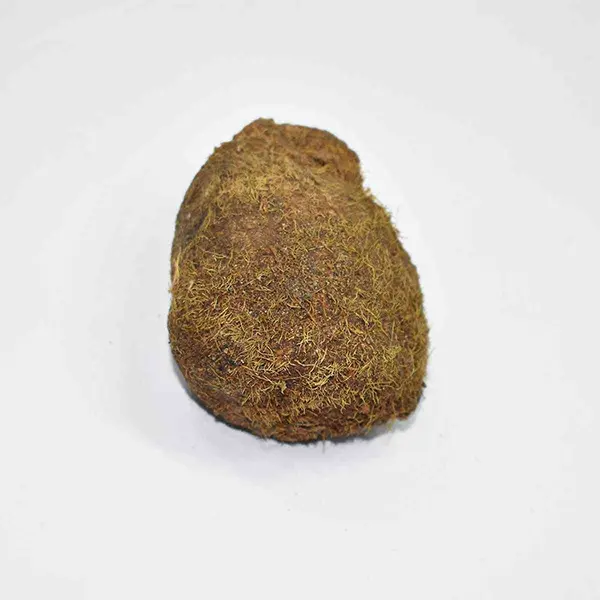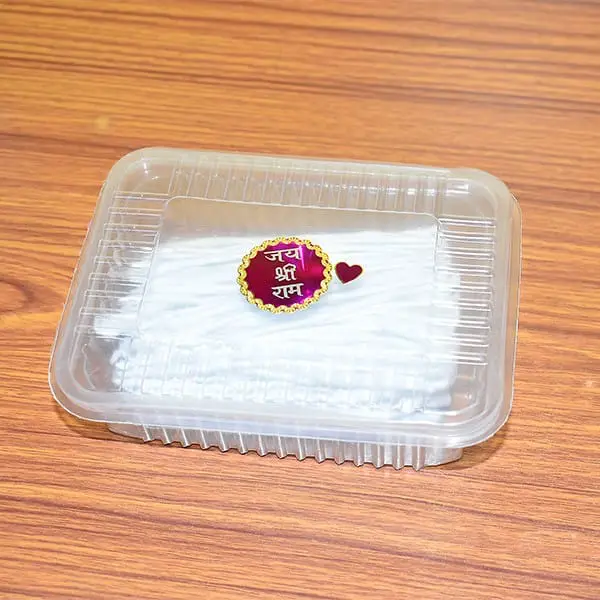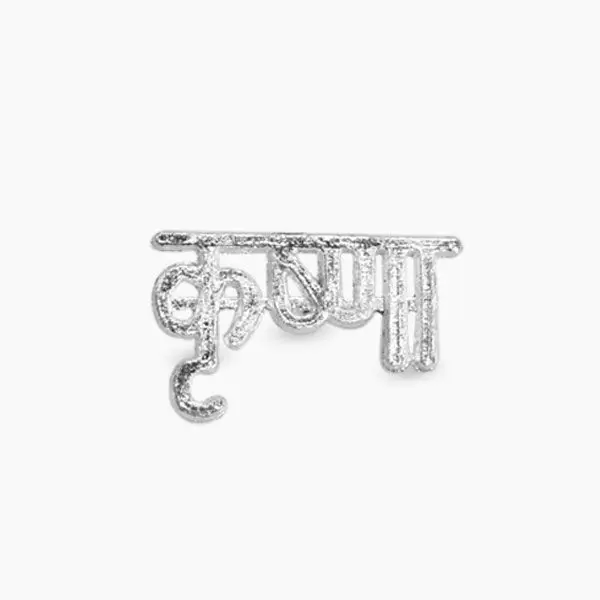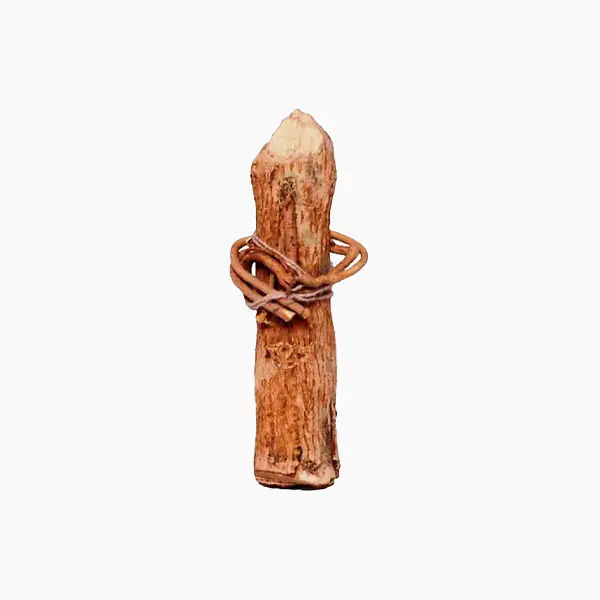
Hindu Puja Altar
Hindu Puja Altar
पूजा की चौकी
Hindu Puja Altar/Hindu Prayer Altar (पूजा चोकी): Pooja can be considered as a sacred act of high esteem to God through acknowledgement, prayers and by performing rituals. The planetary movements decide the human life and hence when Pujas are performed it mitigates the negative influences. (Hindu Prayer Altar)
Pooja is a way through which we seek the blessings of God and it also helps in warding off the evil influences of the malefic planets in our natal charts. Our ancient Vedic scriptures on astrology and great sages and saints have suggested many Pujas (Hindu Puja Altar) as astrological remedies for various problems.
Pujas are considered to be more auspicious than any other astrological remedies because they are said to produce more positive effects and influence a person’s life for betterment. Pujas (Hindu Puja Altar) when performed the right way or with the aid of a qualified pundit is said to be very effective.
There are lot of specific Pujas and havens for various Gods and Goddesses which is very clearly prescribed in the Vedic science and scriptures. Pujas a part from giving positive effect is said to build inner strength and credence.
Hindu Puja Altar Remedy:
Pujas are considered to be the most powerful way to reduce the negative effects of the planets when compared to any other means like Gems, Rudraksha or any other materialistic way. More than a person hiring a Vedic Pundit or a purohit for performing the poojas when he himself learns the rituals and performs it by himself the results is highly favourable. But however it has to be performed the right way and the concerned person’s horoscope has to be thoroughly analyzed before performing the specific Pooja (Hindu Puja Altar/Hindu Prayer Altar).
Today performance of Pujas by the Pundits has itself become a separate field where it is much commercialized. In ancient days a pundit was taken care by the King of that place where the Majesty will provide the pundit with a piece of land and a house to live and the people of the town give them clothes and food as an offering (Dakshina) for teaching them the Shastra and for performing the various Pujas (Hindu Puja Altar).
So it was by this way in those days the pundits used to lead their life by teaching the knowledge of the Vedic Shastra freely and performed the Pujas and remedies also freely and accepted whatever the people offered them without any demands in cash or kind. This is not the same scenario today, the lure of money through astrology remedies and Pujas (Hindu Puja Altar) is so strong and so the people and pundits have become more materialistic.
Puja is both the act of worship and the altar or space for the images to be worshipped. A puja is always given a special place in a room and many different sacred items can be kept on the puja (Hindu Puja Altar) and used during worship like Idols (Statues), Incense, Meditation Oils, Chanting Books or Chalisa, Sacred Items. Every object associated with the ritual of Puja or worship is symbolically significant.
Requirements of Hindu Puja Altar:
- A small bench or a wooden table or a cardboard box covering an area no larger than 36″ x 24″ is adequate. The size can vary if you wish to arrange more or fewer pictures and/or statues on the surface. Remember that you should be able to see the items on the altar and have easy access to make offerings during the worship.
- Place the table (or box) against a wall, cover it with a clean cloth, preferably white, and secure the same by tucking it under so that it won’t slip off easily.
- The statue or image/picture of the deity, which is called ‘Vigraha‘ means something that is devoid of the ill effects of the planets or ‘Grahas‘, must also be arranged on the altar in a way that it leans against the wall.
- Prepare lamps with cotton wicks soaking in oil. Place the lamps in front of the picture. The lamp we light represents the light in us that is the soul, which we offer to the Absolute. Do not light these until you are ready to begin the Puja(Hindu Puja Altar).
- Prepare a worship platter by placing on it small vessels (cup-like, preferably metallic) of vermilion, turmeric, one packet of camphor, sandal paste, a dozen aggarbatti sticks (incense sticks), and a match box. The incense we burn collectively stands for the desires we have for various things in life. The vermilion or red powder stands for our emotions.
- Prepare another plate, and put a variety of fruits (bananas, apples, oranges, etc.) and a couple of varieties of leaves and flowers. The flower that we offer to the deity stands for the good that has blossomed in us. The fruits offered symbolize our detachment, self-sacrifice and surrender.
- You will need an Aarati plate. This (Hindu Puja Altar) can be a small plate with a few vertical wicks soaking in oil or ghee or an Aarati receptacle with a few wicks soaking in oil or ghee.
- You will also need a small cup of Akshata (raw unbroken rice).
- Covered dishes of favourite sweets may be placed in front of the altar on the cloth covered ground. A metallic vessel large enough to contain a couple of mugs of water should be filled with water and placed in front of the altar. You will need a smaller vessel, preferably a metallic straight-walled tumbler into which water will be poured during the service (Hindu Puja Altar). A dispenser (called uddharana or a simple metallic spoon) to dispense water from the tumbler will be needed. You will need a piece of cloth, white for a male deity and colourful cloth for a Goddess.
- Light the lamps and a couple of aggarbatti. Keep them safely in the vicinity such that they present no hazard. Direct the aggarbatti smoke towards the altar such that the smoke does not cause discomfort with chanting by the assembled.
- The principal mood should be one of joy and bhakti, but the mind should be relaxed. Make sure nothing starts until you are certain that a pleasant, sincere, reverential, relaxed environment is created to fill yourselves with joy as you begin to surrender to the Godhead through worship.







